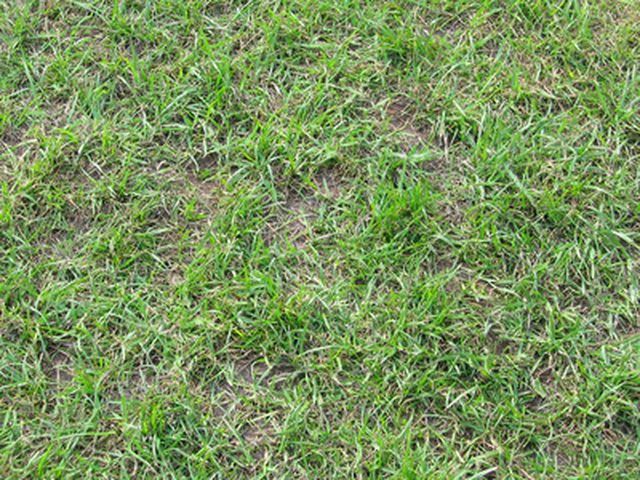Bulbs
Flower Basics
Flower Beds & Specialty Gardens
Flower Garden
Garden Furniture
Garden Gnomes
Garden Seeds
Garden Sheds
Garden Statues
Garden Tools & Supplies
Gardening Basics
Green & Organic
Groundcovers & Vines
Growing Annuals
Growing Basil
Growing Beans
Growing Berries
Growing Blueberries
Growing Cactus
Growing Corn
Growing Cotton
Growing Edibles
Growing Flowers
Growing Garlic
Growing Grapes
Growing Grass
Growing Herbs
Growing Jasmine
Growing Mint
Growing Mushrooms
Orchids
Growing Peanuts
Growing Perennials
Growing Plants
Growing Rosemary
Growing Roses
Growing Strawberries
Growing Sunflowers
Growing Thyme
Growing Tomatoes
Growing Tulips
Growing Vegetables
Herb Basics
Herb Garden
Indoor Growing
Landscaping Basics
Landscaping Patios
Landscaping Plants
Landscaping Shrubs
Landscaping Trees
Landscaping Walks & Pathways
Lawn Basics
Lawn Maintenance
Lawn Mowers
Lawn Ornaments
Lawn Planting
Lawn Tools
Outdoor Growing
Overall Landscape Planning
Pests, Weeds & Problems
Plant Basics
Rock Garden
Rose Garden
Shrubs
Soil
Specialty Gardens
Trees
Vegetable Garden
Yard Maintenance
How to Plant Texas Tuff Grass
How to Plant Texas Tuff Grass. Texas Tuff grass (or tough grass) is a type of grass seed mix that contains Bermuda grass and other drought resistant grasses for livestock hay and lawn covers. The grass seeds are small, and are almost invisible to the human eye. The grass is formulated to withstand many of the problems that attack other kinds of...

Texas Tuff grass (or tough grass) is a type of grass seed mix that contains Bermuda grass and other drought resistant grasses for livestock hay and lawn covers. The grass seeds are small, and are almost invisible to the human eye. The grass is formulated to withstand many of the problems that attack other kinds of grass that grow in Texas.
Things You'll Need
Texas Tuff grass seeds
Soil test kit
Lime
Roto tiller
Rake
Seed spreader
Lawn roller
Sand
17-17-17 fertilizer
Prepare the soil during the early part of April. This will allow the soil to be ready to accept the seeds during April 15 to May 1, whenever soil temperatures reach 75 to 80 degrees Fahrenheit.
Ensure your lawn receives full sun, and is well drained. Tuff grass will not grow in shaded, clay soils.
Test the soil pH of the lawn. The ideal pH range is between 6 and 8. Add more lime to the soil if the pH is too low. Alkaline soils are preferred over acidic. Acidic soils will not provide the nutrients that the grass needs.
Loosen the top 6 to 8 inches of soil with the roto tiller. Rake the area when finished to even the lawn.
Prepare the seeds for spreading. Mix 5 parts sand with 1 part seed. This helps the seeds spread properly, rather than clump together in odd looking patches across the lawn. Only open the spreader 1/8th of an inch. The seeds are extremely tiny, and the spreader will place too many in one spot if a larger opening is used.
Use 5 lbs. of grass seed per ? acre. If you have more or less land, adjust the measurements accordingly. Slowly spread the seed across the lawn.
Follow the seed spreading with a lawn roller to press the seeds into the ground.
Water the soil after rolling the lawn. Water for about 20 minutes over the entire lawn. Until seeds sprout, keep the surface of the soil moist. Once seeds sprout, reduce watering to one to two times a week.
From May to October, fertilize the lawn once a month with a slow-release grass fertilizer of 17-17-17. Use 125 pounds of fertilizer per ? acre.
Allow the grass to grow 18 inches tall or more if you plan to use the grass for livestock feed. If the grass is used as a lawn cover, then keep the grass at 3 to 4 inches tall the first year.